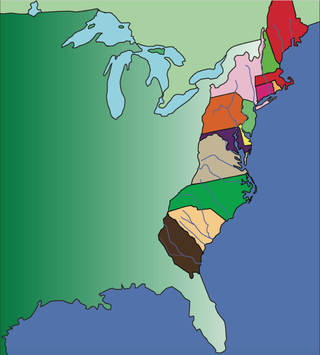
Audience
Educators
Grade Levels
Grades 5-8
Subject
Earth Science, Geology, Solar System and Planets, Earth's Moon
Type
Lesson Plans / Activities
This lesson will help your students answer the question:
How do an area’s location, soil and weather affect settlement?
In this lesson, students will
– Look for patterns in the location of New World colonies.
– Plot the Apollo landings on the moon and identify lunar surface features of each landing site.
– Make correlations between rainfall and mortality in Jamestown from 1604 through 1615.
– Based upon tree rings, interpret and make inferences about rainfall.
– Gather data on space radiation shielding by observing a flashlight beam as it shines through different materials.
– Compare samples of the Earth’s soil with simulated lunar regolith.
– Investigate the effects of micrometeoroid bombardment on simulated lunar regolith formation.
– Make inferences about properties of simulated lunar regolith based upon observations.
– Compare the differences in challenges faced by 17th-century and 21st-century explorers.
Settlement Lesson [5MB PDF file]
The educational module Exploration: Then and Now examines four themes and compares exploration of the past and present. The module focuses on the settlement of Jamestown, the first permanent English-speaking colony in the New World, and NASA’s plans to return to the moon and reach for Mars. Each lesson consists of several student activities.
Also in this series:
Survival!
Transportation
Follow the Water
Human Needs


























